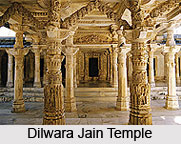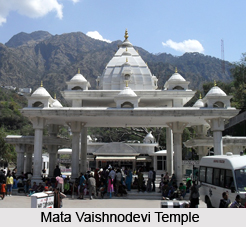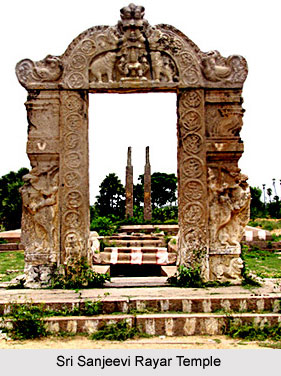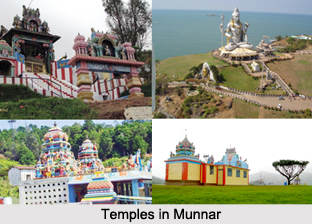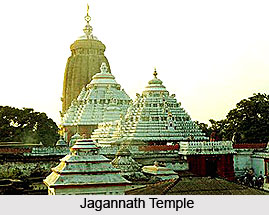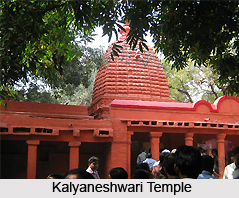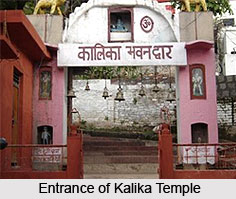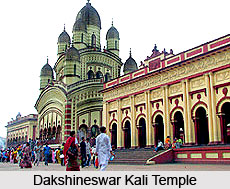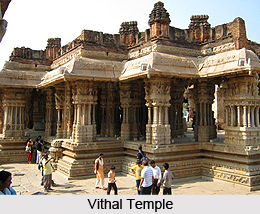 Vithal Temple is a famous ancient temple situated in the Indian state of Goa. It is located at Vithalwadi, Sanquelim; a few kilometers away from Panaji. It is the hometown of the Ranes of Sattari who played a key role in Goa`s freedom struggle and looted the rich families in Mapusa. This temple is dedicated to Lord Vithal and it is believed that the deity prayed in this temple is just another form of revered Lord Krishna. Masses of ardent devotees worship the gods and goddesses in the temple.
Vithal Temple is a famous ancient temple situated in the Indian state of Goa. It is located at Vithalwadi, Sanquelim; a few kilometers away from Panaji. It is the hometown of the Ranes of Sattari who played a key role in Goa`s freedom struggle and looted the rich families in Mapusa. This temple is dedicated to Lord Vithal and it is believed that the deity prayed in this temple is just another form of revered Lord Krishna. Masses of ardent devotees worship the gods and goddesses in the temple.
History of Vithal Temple
The temple originates back to 1942 AD. It was built by the Rane families who migrated from Udaipur about 600 years ago to Sanquelim. Sri Vithal had been the family god of the Ranes. The temple was used by the Ranes in times of battles as they considered Vithal devi as their kuldevata. This temple is a representation of the Bhakti cult.
Architecture of Vithal Temple
The temple is constructed in a fortress. It reflects the North Indian type of architectural design. The temple is built on the banks of the Valvanta River and was reconstructed in 1942 although the sanctum-sanctorium was not altered. One of the major attractions of the temple is the extremely eye appealing chariot which is carved out of wood crafting. It is the chariot which depicts an episode of the Indian epic Mahabharata. It is believed that this is actually the chariot of the very famed character of Mahabharata, Arjuna. It was basically the vehicle on which Lord Krishna used to move during the war of Mahabharata.
Festivals of Vithal Temple
Various festivals are celebrated with enormous zeal, pomp and show in Sri Vithal temple. The festivity splendour of the temple is actually worth experiencing. The ardent pilgrims are seen absorbed in prayers, and the offerings they made in the temple are also very lavish in nature. The primary festival of the temple is known to be Chaitra Purnima and the celebration of this festival starts nine days in advance. The temple sees good amount of visitors and offerings from various parts of the city throughout the year.












